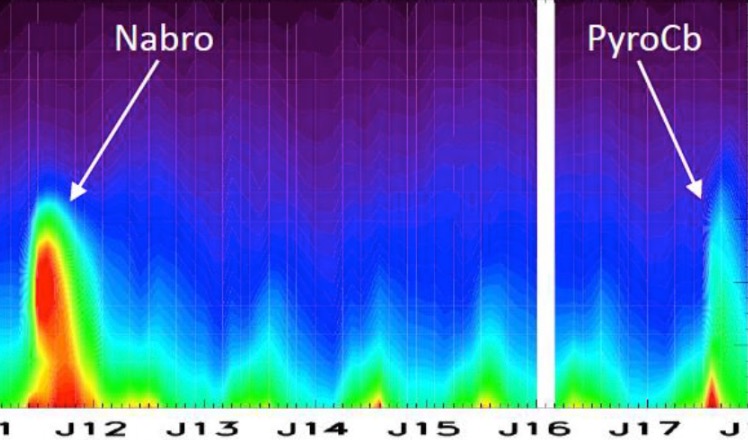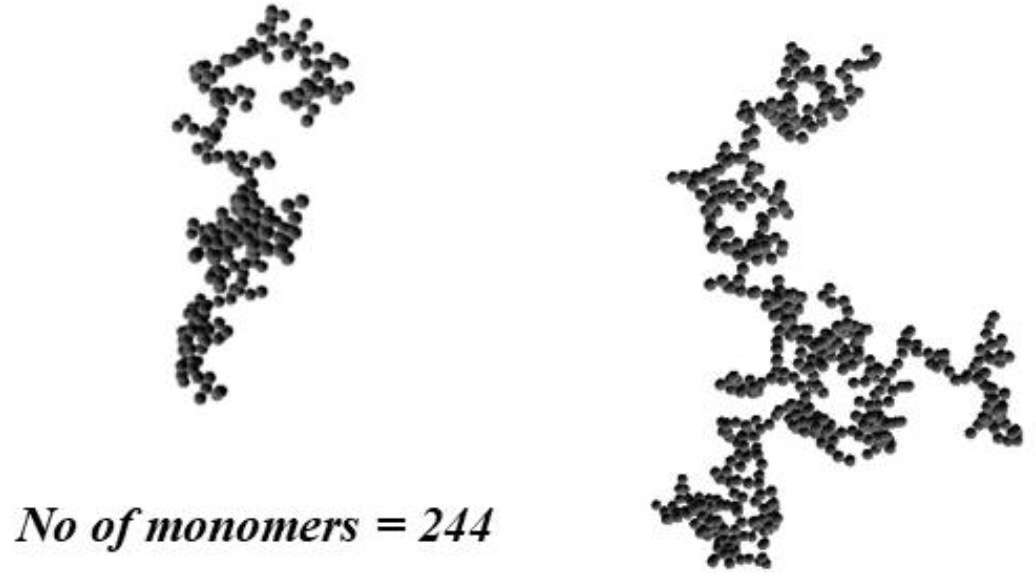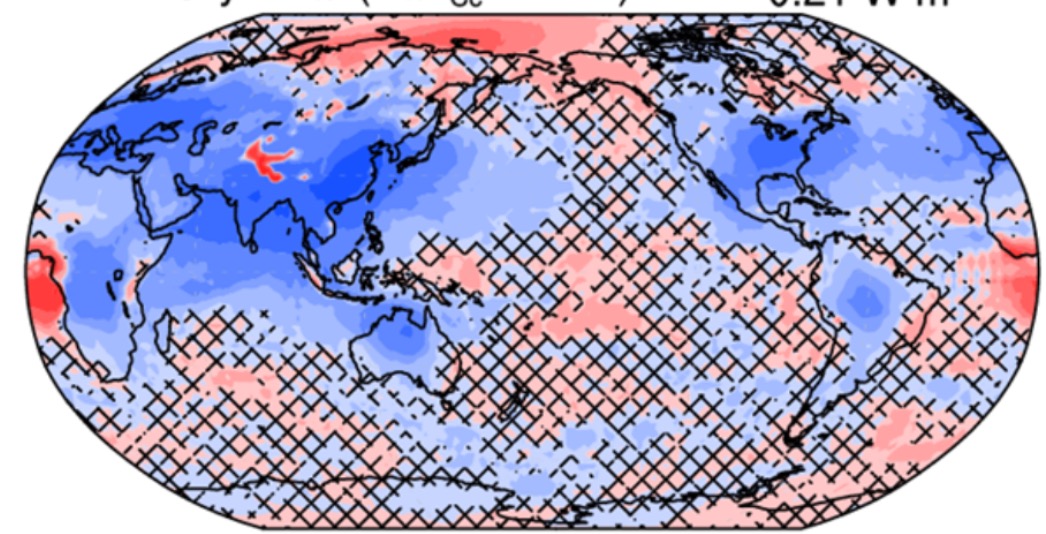The most extreme manifestation of a fire-weather interaction is the formation of pyrocumulonimbus (pyroCb) thunderstorms, which under particulalr conditions can inject smoke, ice and greenhouse-relevant gases deep in the stratosphere, of total burden comparable to mid-sized volcanoes.
StratoFIRE will highlight the role of extreme pyroCb emissions in the stratosphere as a new short-lived climate forcer.
Question 1
What is the contribution of smoke in the interannual variability of stratospheric aerosols?
Question 3
What is the net radiative effect of stratospheric smoke and its impact on stratospheric heating?
StratoFIRE is an ELIDEK project, Project number H.F.R.I.: 3995., funded under the 2nd Call for H.F.R.I.’s Research Projects to Support Faculty Members & Researchers. The ReACT team at the National Observatory of Athens is leading the project.
In next three years (2022-2025) the project will:
- provide all necessary breakthroughs regarding our understanding of properties, lifetime and impact of smoke particles
- develop sophisticated inversion techniques initialized by observations to calculate emissions in the stratosphere
- calculate the global and regional radiative forcing of pyroCbs
- simulate heterogenous chemistry in the smoke plume with a global climate model


